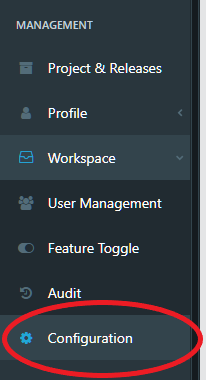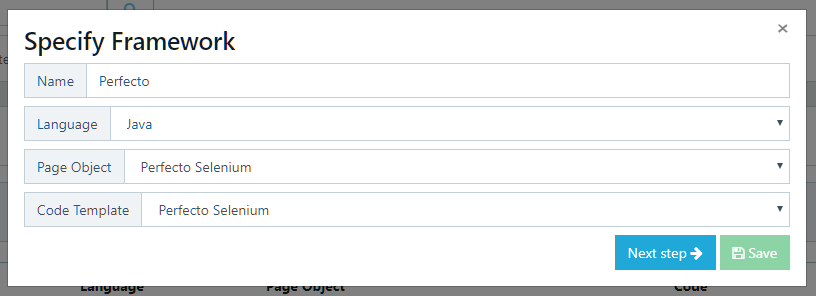Welcome to the TestModeller.io Selenium C# tutorial !
In this tutorial we'll be covering how to get started with TestModeller.io for Selenium C#.
This is aimed for first-time users along with users who have an existing Selenium C# automation framework.
TestModeller.io is a browser-based solution that enables users to:
This quick start guide provides an overview for new users to get started with creating automation for a Selenium C# based automation framework to quickly start creating models and associated automation.
For Selenium C# this means creating models which automatically generate C# code which can be directly plugged into your Selenium C# automation framework.

This section is by no means comprehensive and intended as a quick start guide. If you wish to learn more about modelling we recommend you review our knowledge base along with our video tutorials for a comprehensive guide to creating models and test automation.
The goal is to equip the reader with the working knowledge needed to get started with creating selenium C# test automation to test their own systems and integrate into their own automation frameworks. With TestModeller.io, this means automatically generating complete automated test suites from models that are quick to build and easy to maintain.
Here we'll be installing all the prerequisites you need to get started with test automation in selenium C# through TestModeller.io.
Generated assets from the TestModeller.io Scanner, and Code Generators just need to be copied into the right directories.
All code created using TestModeller.io uses code templates which define the structure and type of code to be created. Test Modeller provides support for numerous open source frameworks out-the-box made available on the Curiosity Software GitHub page.
The sample framework provides pre-configured code templates within the ‘Code Template’ directory. To import these into Test Modeller follow these steps or watch the video below.





Create a new project within Test Modeller which will be used as a workspace for our page objects and models created for consumption by the automation framework.



Note: This is using the sample framework and configuration provided by Test Modeller. You may have your own automation framework which you wish to utilise. This can be integrated into Test Modeller by configuring your own code templates. A video tutorial is available here.